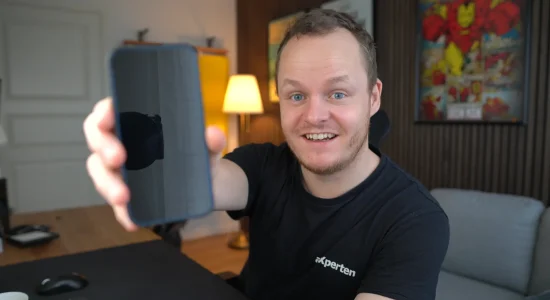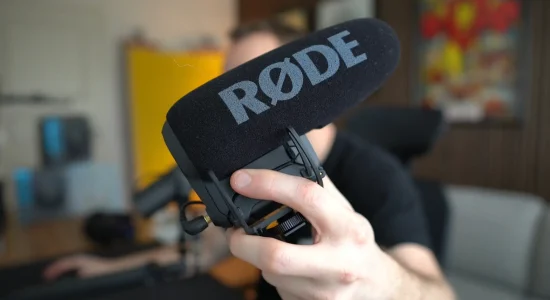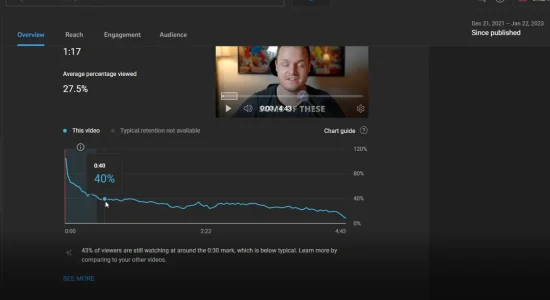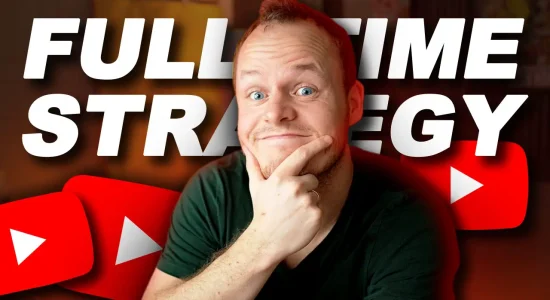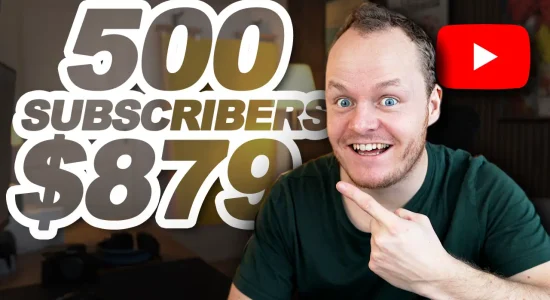YouTube has grown to become a cornerstone of the content creation industry in the past years. However, getting organic traffic to your YouTube channel can be a lot of work, even with great content.
A popular solution is artificially boosting your channel by buying YouTube subscribers, but is this alternative legal?
Buying YouTube subscribers is illegal. YouTube’s Fake Engagement policy states that all engagement gotten through automatic systems or from people whose “sole purpose of the engagement is financial gain” is illegitimate. If found, YouTube will take down your content and penalize your channel.
This article will explain why it is illegal to buy subscribers, and the adverse effects buying subscribers could have on your YouTube channel.
Keep reading to also get great tips on how to get organic subscribers legitimately!
Things To Know About Buying YouTube Subscribers
Buying YouTube subscribers is illegal because it violates YouTube’s Fake Engagement policy. This policy was created to prevent YouTube content creators from artificially increasing views, likes, comments, subscribers, or other metrics on their channels.
These are the important things to know about buying YouTube subscribers:
1. All Bought Human or Bot-Generated Subscribers Are Illegal
The artificial engagement sold by peddlers of YouTube subscribers is gotten in three major ways:
- Generating traffic through automatic computerized systems called “bots.”
- Paying genuine users to engage your content.
- Bartering channel subscriptions with other creators in a trend called ‘Sub4Sub.’
According to YouTube’s Fake Engagement policy, all of these paid engagement techniques are illegitimate.
Boosting YouTube channels with the subscriptions of fake accounts run by preconfigured bots was one of the first artificial engagement strategies to evolve.
Like other social media platforms, YouTube has banned creating automated accounts or using them to boost a channel’s metrics.
As YouTube’s regulations got stricter and bots were more easily detected, peddlers evolved a workaround for the new rules.
It became more common to pay genuine users to boost a channel by subscribing to it through multiple accounts. While these accounts were duplicitous, they were not strictly against YouTube’s regulations at the time.
Though YouTube’s terms were against artificially increasing traffic to a channel, the focus of this rule was majorly on accounts run by bots.
Vendors of artificial YouTube engagement capitalized on the technical legality of the new methods to continue to sell views and engagements to budding channels.
However, YouTube has always been explicit about its definition of legitimate engagement – interaction from a human user whose “primary intent is to authentically interact with the content.”
The platform has since updated its fake engagement policy to clear the grey area around paid engagement from human users, making it illegitimate as well.
YouTube’s policy now defines illegitimate engagement as any interaction that “results from coercion or deception” or whose “sole purpose…is financial gain.” These clauses state that any engagement from human users solely for money, such as bought subscribers, is against the platform’s policy.
2. Buying YouTube Subscribers Skews Your Channel’s Metrics
Purchased subscribers are either bots who can’t engage your content unless they’re programmed or human users who have no interest in it after being paid to subscribe.
While the subscription could boost your channel’s outlook. Subscribers you buy won’t engage your content.
Imagine having thousands of subscribers but few to no views, likes, or comments.
This skewed engagement adversely affects your channel, making the outlook worse than before.
When genuine users who are interested in your content notice the disparity in subscribers and actual interactions, they may get suspicious.
Vendors selling YouTube subscribers often claim that a foundation audience of bought subscribers will encourage genuinely interested users to interact with your content, but it’s actually the opposite.
If these users figure out that you may have bought subscribers, it sends a negative message and causes them to distrust your channel. Some may decide not to subscribe at all!
3. Your YouTube Channel Could Get Penalized for Skewed Metrics
Any inconsistency in your channel’s engagement ratio, especially if the engagement isn’t sustained, signals the YouTube algorithm that there’s some suspicious activity.
YouTube will investigate your channel, and if you’re found guilty of violating the policy by buying subscribers, your content will be removed.
The penalty your channel will get in addition to the removal of your content is based on these rules:
- For a first-time violation, you may get an email warning and no extra penalty.
- For a second-time violation, YouTube will issue a strike to your channel. A strike is a red flag to alert the algorithm in case you try artificially generated engagement again.
- For subsequent violations, your channel will receive more strikes.
- If your channel receives three strikes within 90 days, it will be terminated by YouTube.
4. Buying YouTube Subscribers Encourages Purchasing Engagement
When a YouTuber buys subscribers and needs to avoid having disproportionate metrics on their channel, the most common solution is to purchase comments and views as well.
However, this is problematic because it means that to keep up the false engagement, you’ll have to buy interactions for every new content you upload.
Ultimately, you may get addicted to paid engagement, end up paying for all the interactions on your channel and lose all the money invested in those interactions.
5. Interaction From Bought Subscribers Will Not Give Returns
Every YouTube channel has an end goal for the interaction it gets. Common goals for creating a YouTube channel include:
- Improving visibility for your business
- Earning active income as a YouTuber through advertisements
- Building credibility by showcasing your personality through your channel’s content
No matter what the goal of your channel is, bought interactions can’t help you achieve it. Bought interactions won’t do more than artificially boost the metrics of your content, so the advertisements are wasted on them.
How To Grow Your YouTube Channel Organically
Here are ways to organically grow your YouTube channel without buying subscribers:
- Learn how to optimize your YouTube channel.
- Create engaging titles and thumbnails.
- Craft your YouTube content to rank high on Google Search.
- Promote your channel on other social media platforms.
- Engage your YouTube community.
- Create content that is focused on your audience.
Conclusion
Growing a YouTube channel is a lot of hard work, and it might be tempting to take the shorter route of buying subscribers.
However, buying subs is illegitimate, and its disadvantages far outweigh the benefits. As such, it’s best to consistently work towards organic growth to build your fantastic channel!


